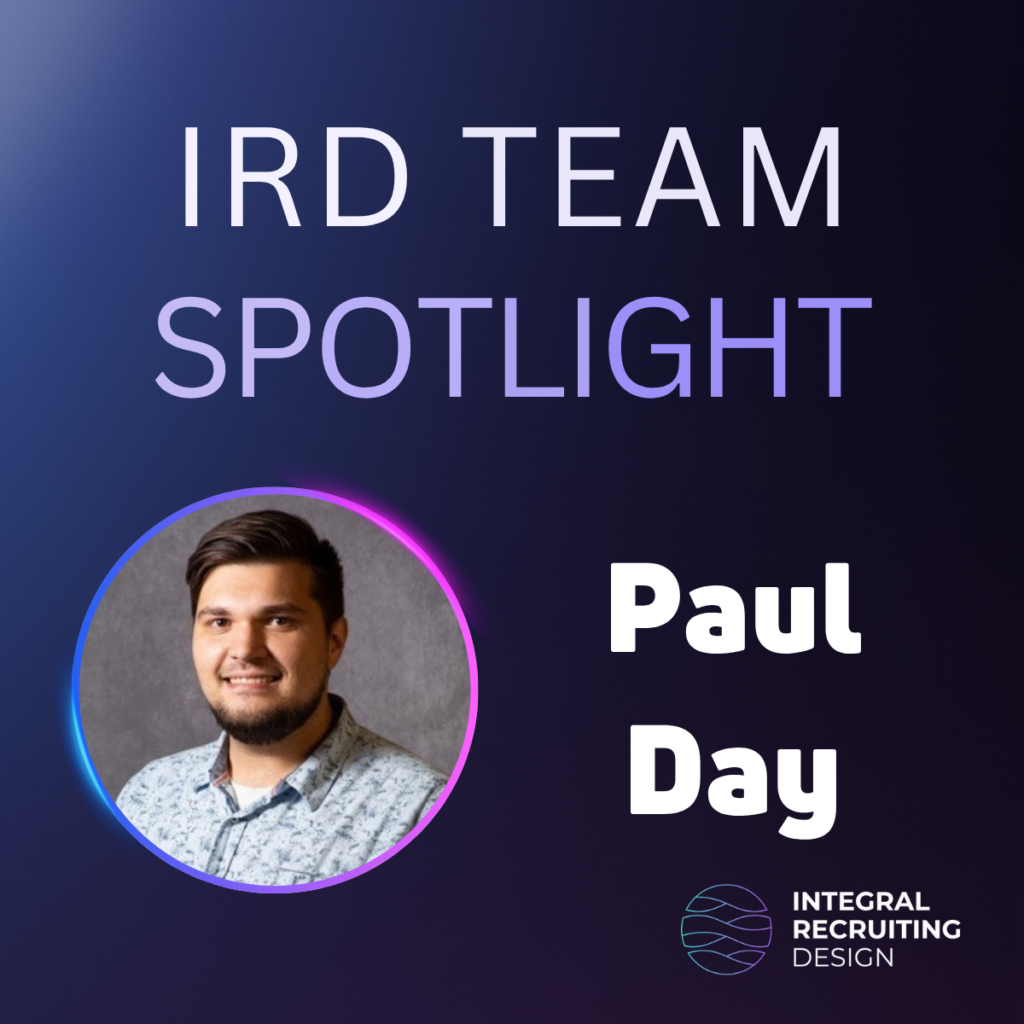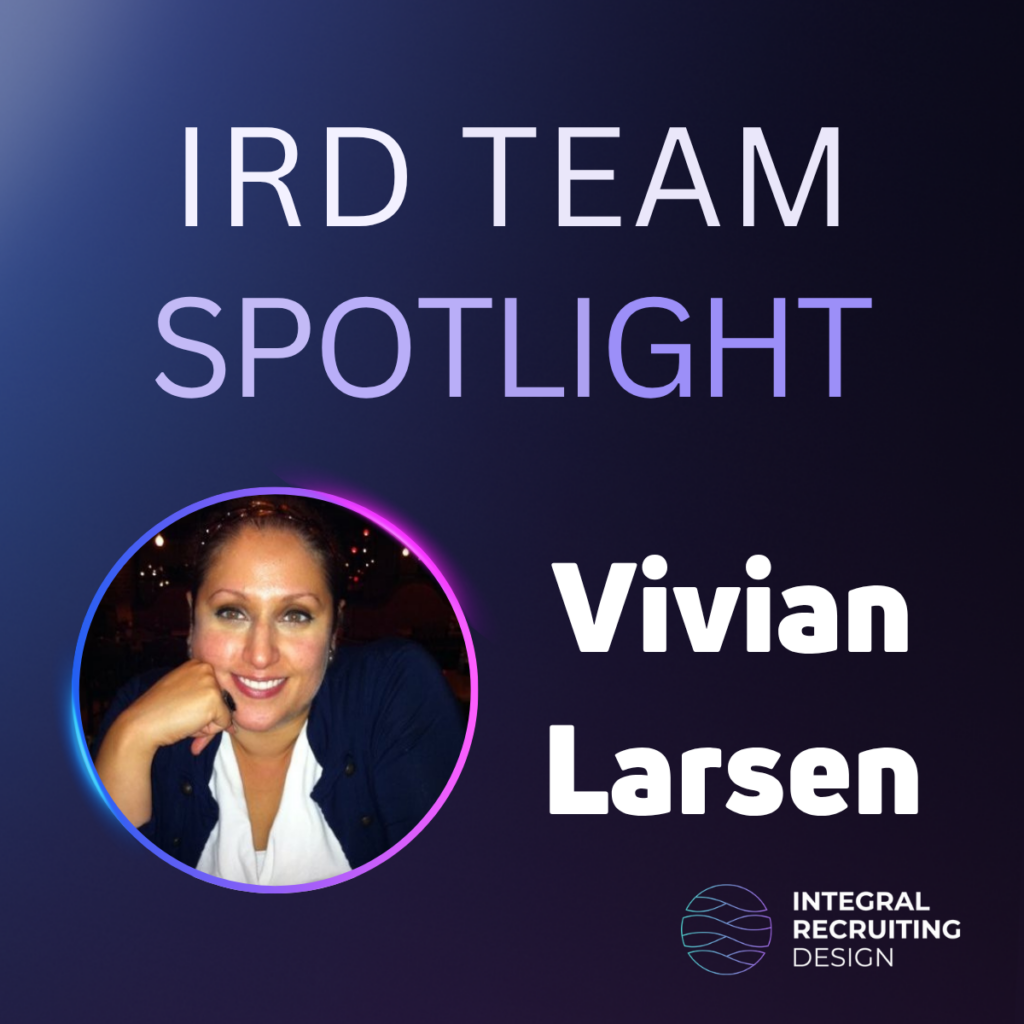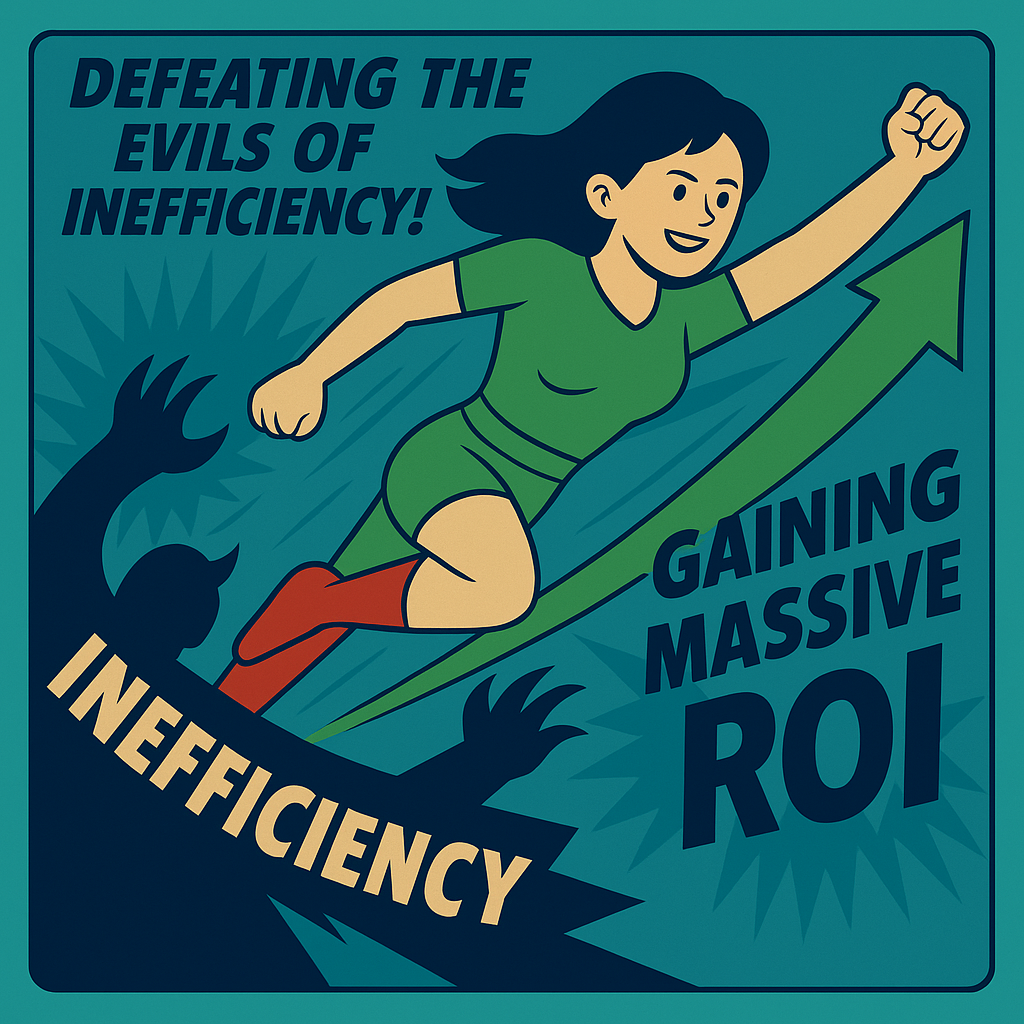Managing Agency Spend in Recruitment: Don’t Let Your iCIMS Budget Go Up in Smoke
Managing recruitment agencies is like herding cats, if cats wore expensive suits and charged you by the hour. (I would know: I have 5, and we all go for family hikes in the woods together.)
One minute you’re best friends sharing market intelligence over coffee, the next you’re wondering why they sent you a barista for a CTO role.
The trick isn’t avoiding agencies altogether (good luck with that in today’s market), but learning to separate the wheat from the chaff before your budget disappears faster than free donuts in the break room.
The Agency Zoo: Know Your Species
Think of the recruitment agency landscape like a wildlife preserve, each species has evolved for different environments, and what works in one habitat might be a disaster in another.
Staffing firms are the workhorses of the recruitment world, like the golden retrievers of talent acquisition. They’re eager to please, handle volume like champs, and can fetch you candidates faster than you can say “urgent hire.”
These firms live and breathe contingency fees: no placement, no paycheck. They’re particularly good at filling roles that need bodies in seats yesterday, though asking them to find your next VP of Strategic Vision might be like asking your dog to file your taxes.
Staffing firms have evolved beyond simple matchmaking. Many now offer the full service buffet: payroll, benefits, compliance management, and enough paperwork to deforest a small country. They’re your go-to when you need to scale fast or handle the recruitment equivalent of a flash flood.
Executive search firms are the thoroughbreds, expensive, high-maintenance, but worth every penny for the right race. They operate on retainer fees (translation: you pay upfront, like a very expensive subscription service) and specialize in finding unicorns for corner offices, (or purple squirrels as we referred to them back when I worked in executive recruiting). These firms don’t just find candidates; they court them like Victorian suitors, complete with market mapping and post-placement hand-holding.
Niche agencies are the specialists who know their patch of ground better than you know your morning coffee routine. Whether it’s blockchain developers or pediatric surgeons, these firms have built their entire existence around understanding one slice of the talent pie. They command premium rates because they can find needles in haystacks that others don’t even know exist.
Measuring What Matters: KPIs That Don’t Lie
If you’re not measuring your agency spend, you’re essentially throwing money into a black hole and hoping for the best. Here are the metrics that matter most:
Total Agency Spend is your North Star, track it like your life depends on it, because career-wise, it might. Measure it as a percentage of your total recruitment budget and watch for trends like your business depends on it. If it’s climbing faster than your stress levels during performance review season, you’ve got problems.
Cost Per Hire by Agency reveals which partners are giving you bang for your buck versus which ones are treating your budget like their personal ATM. This isn’t just about the sticker price, factor in all the hidden costs, markup rates, and “miscellaneous fees” that appear like uninvited relatives at Thanksgiving dinner.
Time to Fill separates the speed demons from the snails. If an agency consistently takes longer to fill roles than your internal team, then something is wrong. Track this by role type and seniority, finding a senior developer shouldn’t take the same time as sourcing the next Dalai Lama.
Quality Scores are where the rubber meets the road. Track interview-to-offer ratios, candidate progression rates, and hiring manager satisfaction like your reputation depends on it (because it does). An agency that sends you warm bodies instead of qualified candidates is like a GPS that only knows how to get you lost.
Retention Rates tell the real story. If agency placements are leaving faster than guests at a bad wedding, you’re not getting candidates, you’re renting them. Track retention at 90 days, six months, and one year. Anything worse than a revolving door means someone’s not doing their homework.
You can configure systems like iCIMS to track and report on all of these KPIs. iCIMS consulting services can help build these metrics directly into your workflows and dashboards, so performance becomes visible, actionable, and optimized.
The Math That Matters: Calculating Agency ROI
Calculating ROI on agency spend is like trying to measure the value of a good cup of coffee, everyone knows it’s worth something, but putting a number on it requires some creative accounting and a willingness to embrace complexity.
The basic formula looks deceptively simple: (Value Generated – Agency Costs) / Agency Costs × 100. But like most things in HR, the devil’s in the details, and those details have a PhD in making your life complicated.
Value Generated isn’t just salary saved by filling a role quickly (though that’s part of it). Factor in the productivity gained from having the right person in the seat, the revenue impact of key hires, and the cost avoidance of not having your existing team burn out from covering empty roles. A software engineer who ships a product feature worth $500K in revenue while costing you $15K in agency fees? That’s ROI that would make a CFO weep tears of joy.
For easier calculations, use Speed-to-Productivity Value. If an agency fills a role in 30 days versus your internal team’s 60-day average, that’s 30 days of productivity gained. Multiply that by the role’s daily salary impact, add the cost of overtime for covering team members, and subtract the agency fee. The math might make your head spin, but the results often justify the investment.
Retention-Based ROI is where agencies either shine or crash and burn spectacularly. A placement that stays two years versus one that leaves after six months represents dramatically different value propositions. Calculate the full cost of replacement (agency fees, internal time, productivity loss, training costs) and compare it to the initial agency investment. Good agencies don’t just find bodies, they find people who stick around long enough to make the investment worthwhile.
Don’t forget the Opportunity Cost Factor, what your internal recruiters could accomplish if they weren’t grinding through high-volume, time-sensitive searches. If your senior recruiter can focus on strategic hires instead of frantically filling urgent roles, that shift in focus often pays dividends that make agency fees look like pocket change.
iCIMS strategic consulting services make it easier to automate this data capture. With strategic system configuration, dashboards, and workflows maintained by experts, the ROI picture becomes clearer—and easier to act on.
The Good, The Bad, and The Ugly: Relationship Health Check
Healthy Relationships: The Good Stuff
Healthy agency relationships are like good marriages, built on communication, trust, and the occasional heated discussion that actually makes things better. These agencies don’t just fill orders; they become extensions of your team, complete with inside jokes and shared war stories.
Great agencies act like your personal talent acquisition consultants. They know your company culture better than some of your employees, understand your hiring manager’s quirks, and can spot a bad cultural fit from a mile away. They share market intelligence freely, provide realistic timelines (not the fairy tale variety), and give feedback that might sting but ultimately helps.
Communication flows like a well-oiled machine. Regular business reviews aren’t painful exercises in mutual torture but genuine strategy sessions. Payment happens on time, invoices are accurate, and when problems arise, they’re addressed faster than you can say “escalation process.”
Unhealthy Relationships: The Red Flag Parade
Bad agency relationships are like that friend who only calls when they need money, lots of promises, minimal delivery, and a talent for making their problems become your problems.
The warning signs are usually subtle as a brick through a window. Candidate quality that makes you question the agency’s understanding of basic human resources. Response times that suggest they’re communicating via carrier pigeon. Market knowledge that seems to come from reading tea leaves rather than actual data.
When agencies consistently miss timelines without valid explanations, send candidates who clearly haven’t been briefed about your company, or demonstrate the compliance awareness of a goldfish, it’s time to cut the cord. Life’s too short for bad agency relationships, and your career’s too important to gamble on partners who treat professionalism like an optional upgrade.
Watch for pricing that’s either suspiciously low (what corners are they cutting?) or inexplicably high (are you funding their yacht payments?). Lack of transparency around fees, processes, or candidate sourcing methods is like dating someone who won’t tell you their last name, nothing good comes from that level of mystery.
Making It Work: Best Practices for Agency Spend Optimization
Optimizing agency spend effectively requires the strategic thinking of a chess master and the patience of a kindergarten teacher.
- Start by treating agencies like the strategic partners they should be, not like vendors in a transactional relationship that would make a used car salesman blush.
- Diversify your agency portfolio like a smart investment strategy. Don’t put all your eggs in one basket, no matter how shiny that basket looks. Maintain relationships with 3-5 agencies that complement each other’s strengths. Think of it as having different tools for different jobs, you wouldn’t use a hammer to perform brain surgery, and you wouldn’t use a boutique executive search firm to staff your call center.
- Negotiate contracts like your budget depends carefully. Include performance metrics, service level agreements, and escalation procedures. Build in regular review cycles and don’t be afraid to renegotiate terms that no longer serve your needs. Contracts should be living documents, not death certificates for flexibility.
- Leverage technology to streamline the administrative overhead that makes agency management feel like a part-time job. Vendor management systems, automated reporting, and performance dashboards turn data chaos into actionable insights. If you’re still managing agency relationships through spreadsheets and prayer, you’re doing it wrong.
If you’re starting from scratch or need help building out your systems, implementation and configuration support can get you up and running with the right architecture for long-term success.
The Bottom Line
Managing agency spend in recruitment is part art, part science, and part diplomatic immunity. The organizations that master this balance, treating agencies as strategic partners while maintaining appropriate oversight, will find themselves with a competitive advantage that’s worth its weight in gold-plated resumes.
Remember, the goal isn’t to eliminate agency spend but to optimize it for maximum value. Like a fine wine or a good joke, it’s all about finding the right balance. Get it right, and your agency relationships will be the foundation of a talent acquisition strategy that would make your competitors weep with envy. Get it wrong, and you’ll be explaining to leadership why your recruitment budget evaporated faster than motivation on a Monday morning.
The choice, as they say, is yours. Choose wisely.
Want more insights like these?
FAQ
What’s the typical ROI for agency spend in recruitment?
Most organizations see ROI ranging from 300-500% when agencies are managed effectively. The key is measuring total value generated (productivity gains, speed to fill, retention) against total agency costs, not just comparing fees to salaries.
How can an iCIMS consultant help optimize agency spend?
An experienced iCIMS consultant can configure your system to track agency performance metrics automatically, establish reporting dashboards, and integrate agency workflows seamlessly with your internal processes. This visibility enables better decision-making and cost control.
What percentage of recruitment budget should go to agencies?
Industry benchmarks suggest 15-30% of total recruitment spend on agencies, but this varies widely by industry, company size, and hiring volume. The focus should be on ROI rather than arbitrary percentage targets.
How do I know if my agency relationships are worth the investment?
Track key metrics like cost per hire, time to fill, retention rates, and candidate quality scores. If agencies consistently deliver faster hiring with better retention than internal efforts, they’re likely providing positive ROI despite higher upfront costs.
What’s the difference between iCIMS consulting and managed services?
iCIMS consulting typically focuses on specific projects like system optimization or process improvement, while managed services provide ongoing system administration, reporting, and strategic support. Managed services are ideal for organizations wanting expert oversight without expanding internal headcount.




